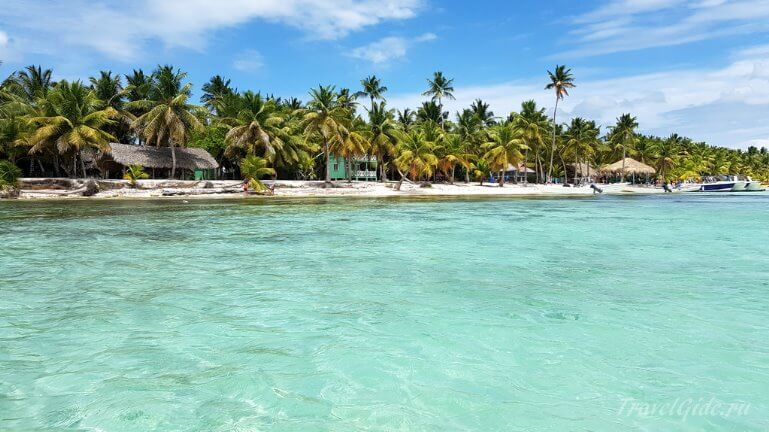
Dominican Republic: everything a tourist needs to know before traveling
Getting ready for your vacation in the Dominican Republic
DThe Ominican Republic is primarily famous for its heavenly landscapes and white beaches covered with palm trees. But the country located on the island of Haiti has much more to offer us than just entertainment from advertising cards. Find out when is the best time to travel to the Dominican Republic, what to watch out for and what this true gem of the Caribbean has to offer the traveler.
Dominican Republic - general information
The Dominican Republic is the second largest country in the Caribbean. Only Cuba is bigger. Its total area is 48730 km2. The Dominican Republic occupies almost two-thirds of the island's area Haiti.
Although it would be correct to call this island Hispaniola. Indeed, for Europe it was discovered in December 1492 by Christopher Columbus. He called it Hispaniola - "Little Spain".
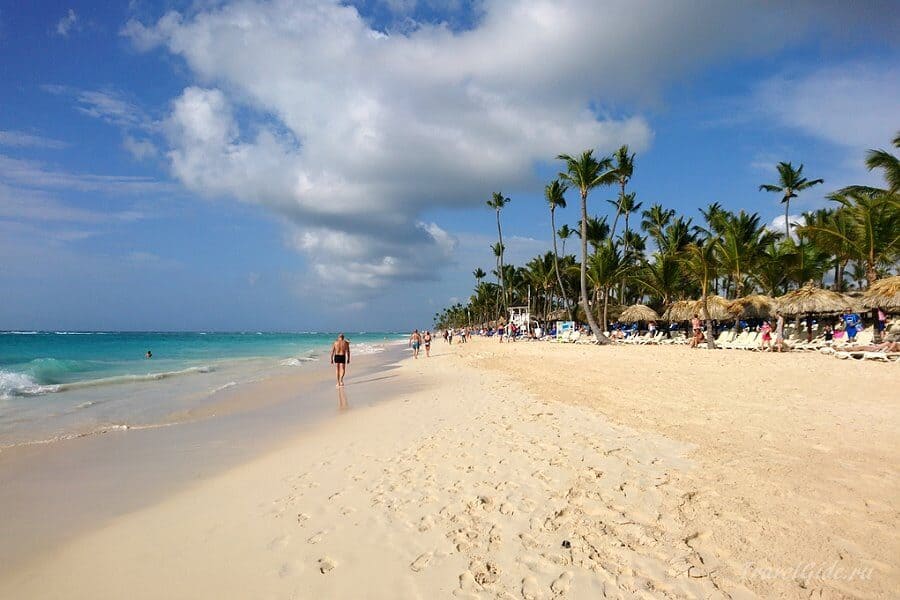
The western part of the island belongs to the Republic of Haiti. It is the only country with which the Dominican Republic shares a land border. From the north, the island is surrounded by Atlantic waters, and from the south - by the Caribbean Sea. From the east through the Mona Strait, the Dominican Republic borders on Puerto Rico.
There is no doubt that Hispaniola is one of the most beautiful islands in the Greater Antilles archipelago. Christopher Columbus described it as heaven on earth and was not far from the truth.
The beaches in the Punta Cana region are among the most sought after in the world. The inhabitants of the island have long realized the attractiveness of the island - tourism is their main source of income. It is also worth noting that the Republic boasts the most developed tourist infrastructure in the Caribbean.
In 2021, the country's tourism sector reported that all of its workers had been vaccinated. The vaccination coverage of the sector in 100% made it possible to start accepting tourists from all continents of the planet. It should be noted that the service, after the resumption of the maximum occupancy of popular hotels, remained almost at the same level.
Geographical picture of the Dominican Republic
This fact may seem strange to some, but the Dominican Republic is mostly mountains. The high central Cordillera, whose highest peak - Pico Duarte - reaches 3098 meters above sea level, occupy the central part of the island.
In the north and southeast of the country are lower mountain ranges, among which are fertile valleys, including San Juan and Cibao.
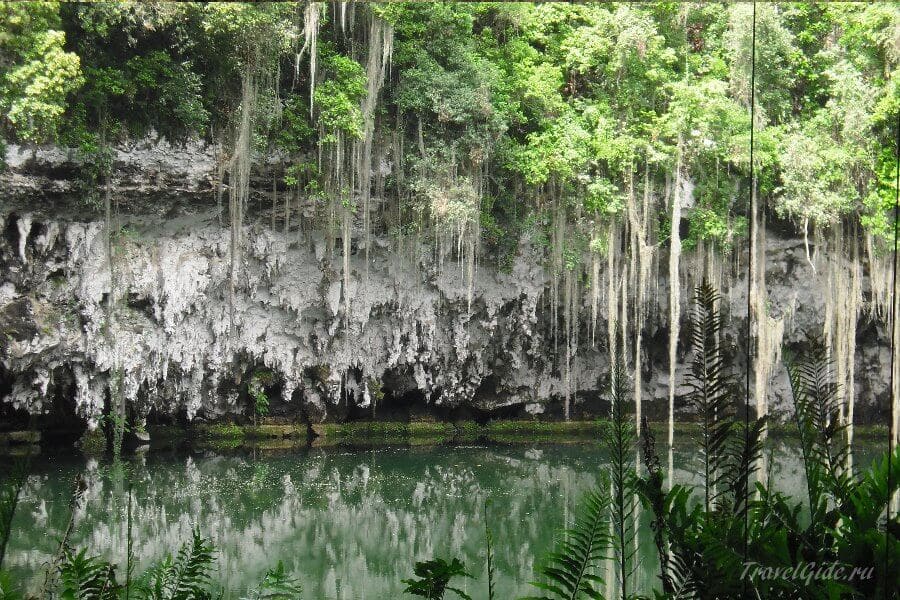
In turn, along the shores of the Caribbean Sea lies the vast Seibo Plain. The lowest point of the country remains the salt lake Enriquillo. It is located at a depth of 44 meters.
The island has a well-developed river network. The main rivers of the country are Yuna, Yak del Norte and Yak del Sur. The coast of the island is divided by numerous capes, peninsulas and bays. The two most famous resort regions known for their paradise beaches are Punta Cana and Puerto Plata.
The history of the island: from the Taino Indians to General Rafael Molina
In pre-Columbian times, the Dominican Republic was inhabited by the Taino Indians. Since 1492, when the island became a possession of Spain and received the name "Isla Espanola", in just a couple of centuries they were completely exterminated. In 1521, the first bishopric was founded in Santo Domingo, and a few years later the first university was already functioning there. By this time, more than one thousand slaves from the African continent had already been brought to the island.
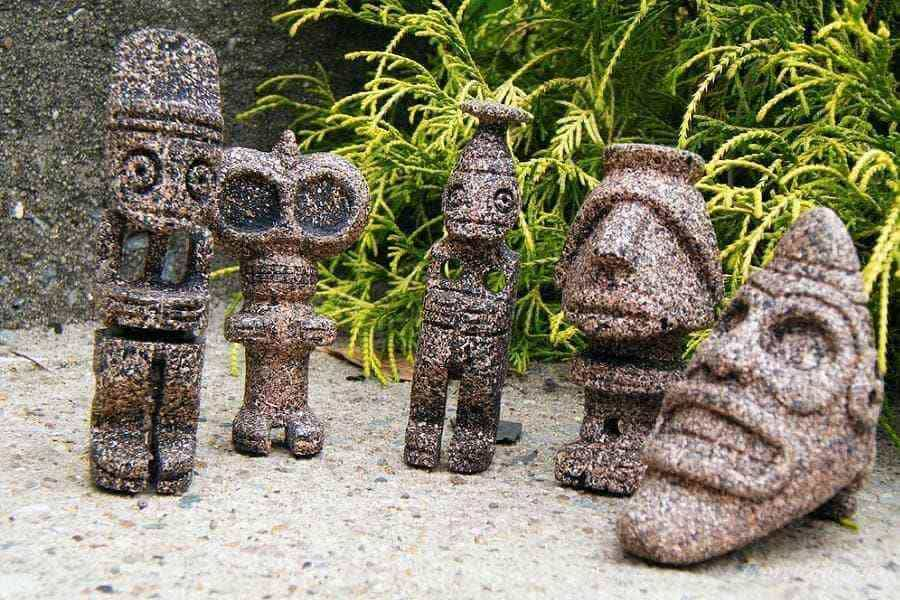
In 1697, Spain was forced to leave part of the colonized island, ceding it to France. In 1795-1808, the French took control of all of Hispaniola. This was a key moment, because the French Revolution contributed to the abolition of slavery. The French, however, did not stay long in the Dominican Republic. In 1809, the island was again under the rule of Spain.
Later it was ruled by the Haitians and the Spaniards with the British. In 1821, the Dominican Republic declared independence, but a year later it fell under the control of Haiti. In 1844, the independent Dominican Republic was founded, which absolutely did not suit the authorities of Haiti. They wanted to rule the whole island. For this reason, in 1861, the Dominican Republic asked Spain to be re-incorporated into the empire.
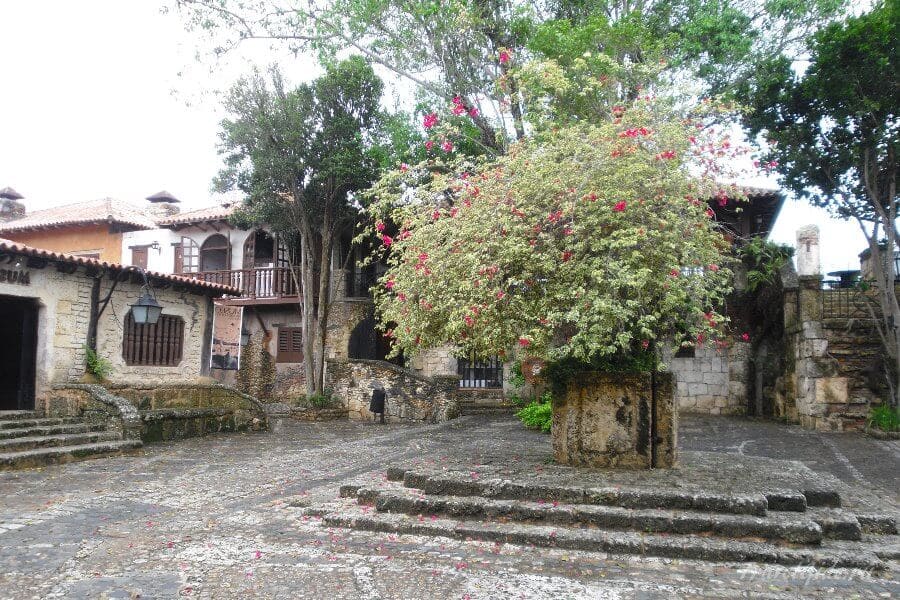
As time went. Gradually, anti-Spanish sentiments developed in Dominican society, which led to an uprising of local residents. This rebellion ended with the re-declaration of independence by the Dominican Republic in 1865.
The subsequent years of the development of the Dominican Republic were marked by the purposeful activities of the United States to strengthen its economic and economic interests in the Republic. The result of the "strengthening of such interests" was the American occupation of the Republic from 1916 to 1924.
Gradually, after the American army left the island, all state institutions of power and control were restored. However, the activities of the democratic government were interrupted by a catastrophic hurricane that hit the island.
The result of the hurricane was the introduction of martial law, established by General Rafael Trujillo Molina. From the beginning of the 30s of the 20th century, Molina became the sole and sovereign ruler of the Dominican Republic for more than 30 years. But Molina's rule was "early terminated" by a new American military intervention in 1965.
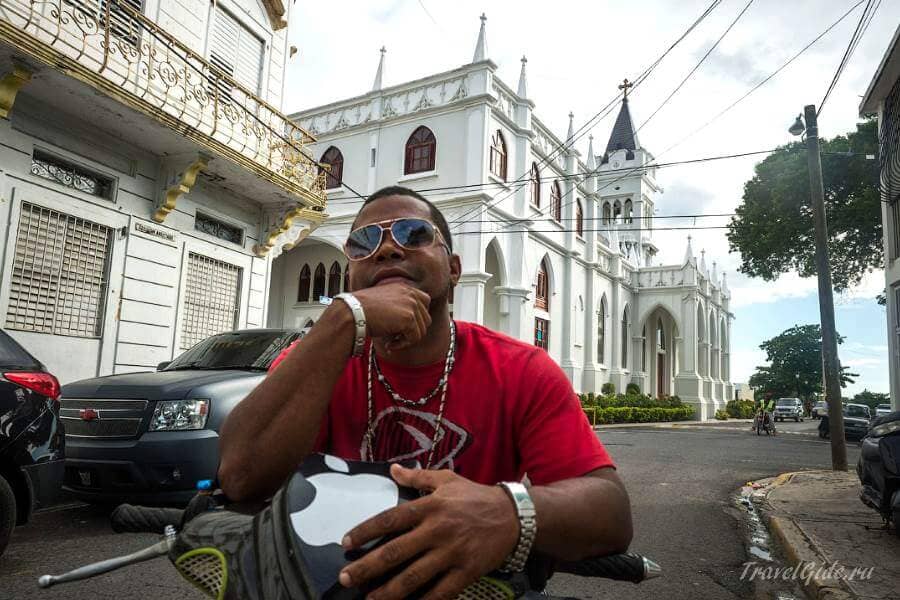
That's all in a nutshell... Since then, the Dominican Republic has become a democratic country in which the President of the Republic is elected by universal open suffrage.
The population of Dominican Hispaniola: customs and traditions
Most of the indigenous population of the Dominican Republic are the so-called mulattos or creoles, the descendants of former colonizers and black slaves who were brought to the island to work on sugar cane plantations. More than 10 million people live in the country. In addition to the mentioned mulattoes, 16% of the population are whites and 11% are dark-skinned.
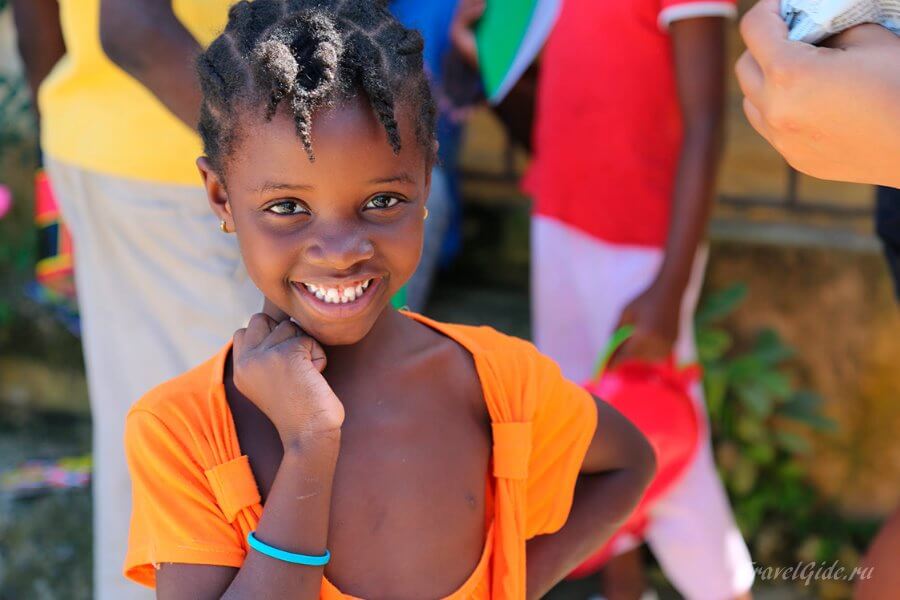
A significant part of the citizens live in the capital of the country, Santo Domingo. The city of Santiago de los Caballeros, the administrative center of the province of Santiago, occupies the second place in terms of the number of inhabitants.
Dominicans are famous for their openness, simplicity and politeness. The easiest way to get to know the true character of the Dominicans is to visit the city market or the local Colmado (colmado). This is the name of either just a small Dominican shop or a bar shop. Tourism industry is the first and main source of income for local residents.
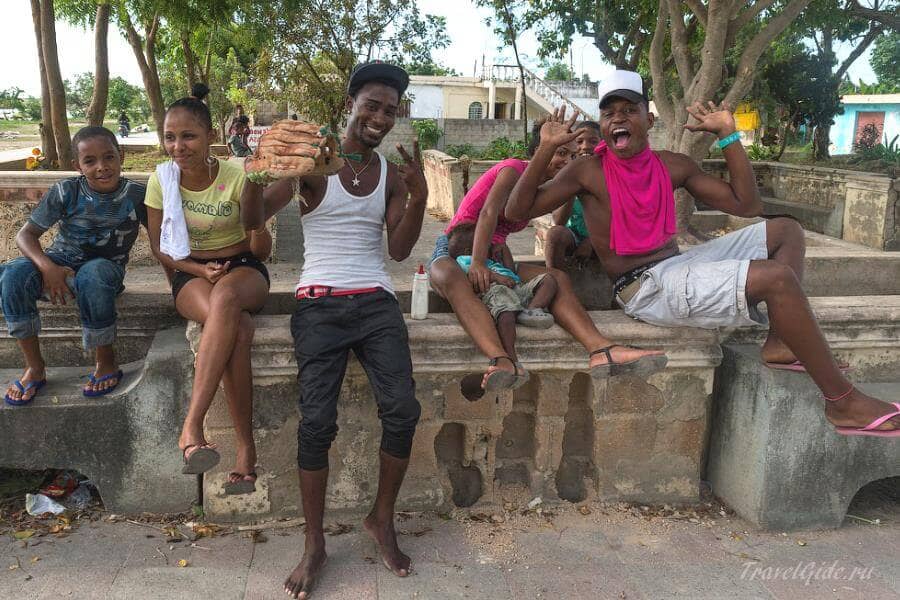
The second most important source of income is the agro-industrial sector of the economy. Dominicans successfully cultivate coffee, tobacco, sugar cane, cocoa, rice, pineapples and oranges. Dominican cigars, Dominican rum and Dominican coffee are what any traveler should pay attention to.
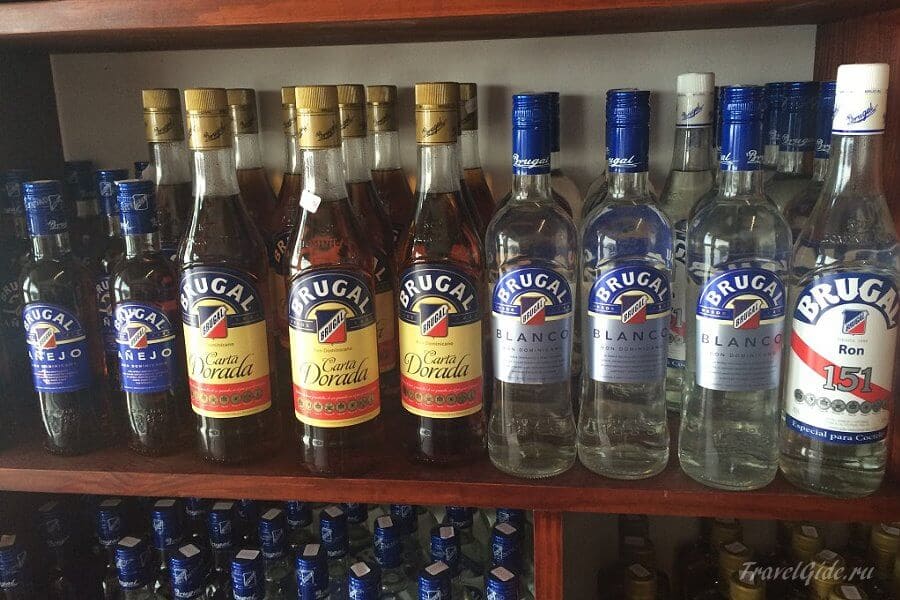
The official language is Spanish. It is important to know that spoken language is slightly different from classical Spanish. This spoken language is also called Latin-Spanish. However, in tourist centers there is no problem in communicating in English or even in German.
The Dominican Republic is a country dominated by a patriarchal way of life. It should be remembered that politeness is the basis of social interaction in the Republic.
To greet a Dominican or just start a conversation, always say "Buenos dias" which means good morning or "Buenos nochas" which means good evening. Something that undoubtedly connects the people of the Dominican Republic and Haiti is music. In both countries, the national dance is merengue.
Religion and Faith of the Dominicans
The vast majority, almost 70% of the inhabitants of the island adhere to Catholicism. In turn, just over 18% Dominicans are Protestants. Traveling around the island, we will not meet a large number of churches, for example, compared to European countries.
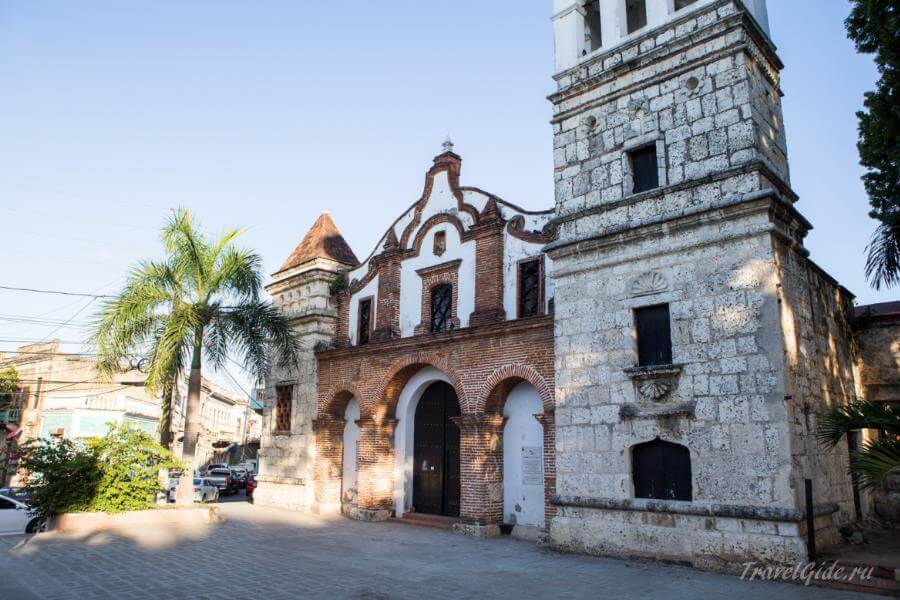
Faith in the Dominican Republic manifests itself a little differently. After all, Catholicism is quite syncretic and sometimes combines elements of primitive religious cults.
As for the Protestants, the island is dominated by followers of the Seventh-day Adventist Church, the Church of God and the Church of God's Prophecies. Slightly over 1% of the population are Mormons.
Less than 1% adhere to traditional tribal religions such as animism and voodoo. The last group consists mainly of Haitian refugees. In addition to all this, there is a Jewish synagogue in Santo Domingo.
Climate of the Dominican Republic
The Dominican Republic is a state with a humid and hot tropical climate. Theoretically, there are two rainy seasons. The first one lasts from May to August, the second from November to December.
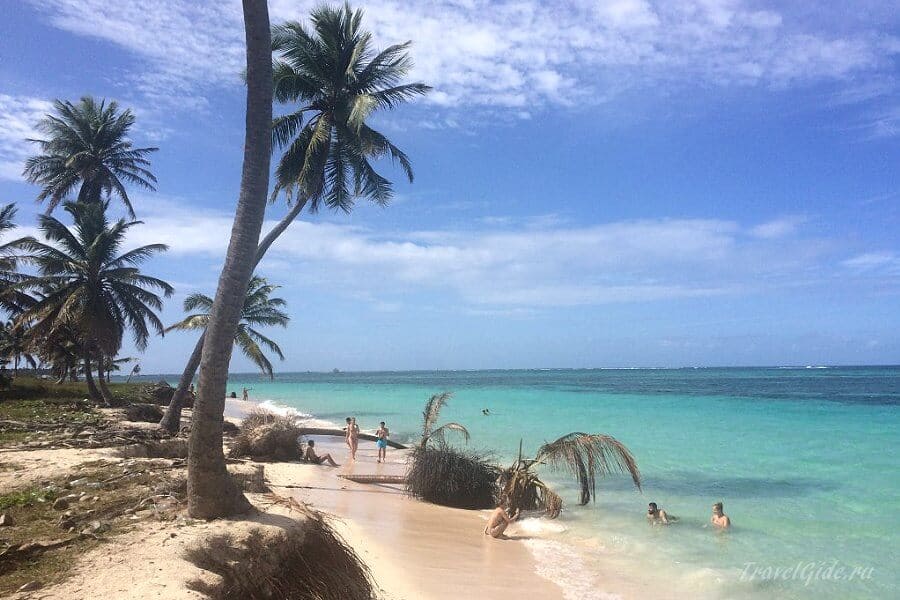
In practice, these periods are not a serious hindrance to tourism. After all, it usually rains from half an hour to an hour a day. The same rains sometimes occur, even if the season is considered non-rainy. If we talk about the average number of sunny hours, then their number is from 6 to 8 hours per day.
The hot and humid coastal climate is fortunately moderated by winds from the sea. The highest heat on the island is usually recorded in May and October. Daytime temperatures during this time range between 30 and 35°C. It's slightly warmer than other months, but the high humidity makes the heat more noticeable. "Dry" winter from December to the end of April is the best time to relax on the island.
Flora and fauna of amazing Hispaniola
What is so amazing about this island? The Dominican Republic really attracts tourists with its delightful flora, which is facilitated by the diversity of landscape and climatic conditions.
Lowlands and mountain slopes are covered with lush tropical forests. These evergreen forests abound with valuable and simply beautiful tropical trees. Several species of mahogany, black ebony, roystone or royal palm and many other plants typical of the tropics grow here.
Mountain forests are characterized by the presence of epiphytes - plants growing on other plants. At the same time, dry forests and savannahs predominate in areas that are poorer in moisture. In some places, even desert vegetation is found.
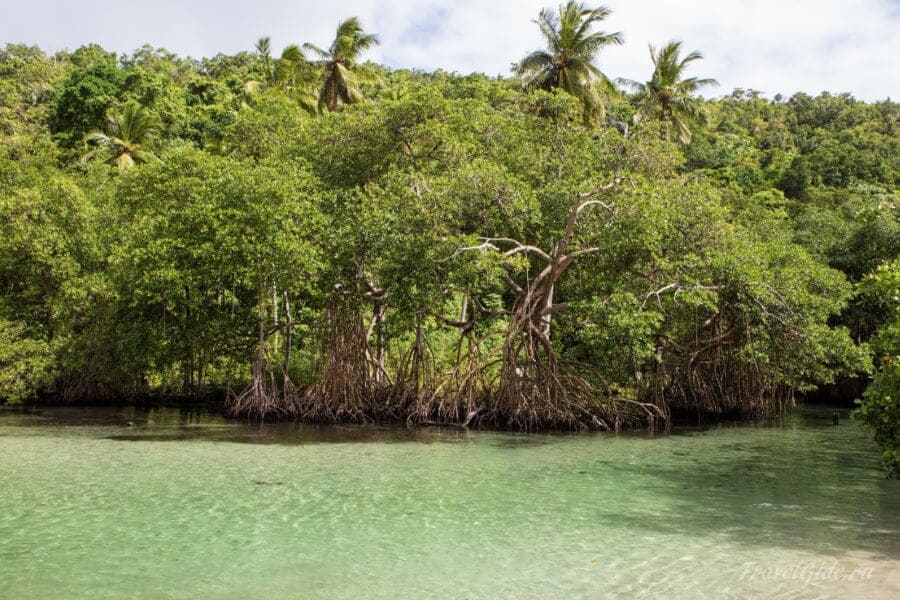
Over the years, not a small area of the country has been developed for the cultivation of tropical fruits and plants. However, natural vegetation still dominates the island. In general, forests occupy about a quarter of the entire Republic. At the same time, protected areas cover more than 20% of its entire area. These percentages include several nature reserves and nine national parks.
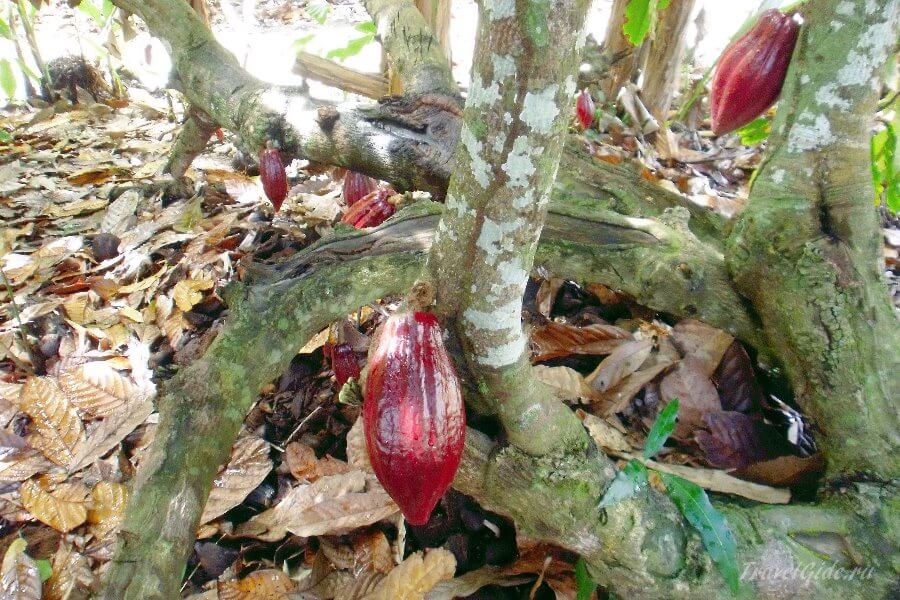
As for the fauna, it is relatively poor. There are very few large mammals. There are various species of bats, rodents and birds on the island. Tourists especially admire the numerous flocks of flamingos that can be observed on the territory adjacent to the famous lake. Enriquillo.
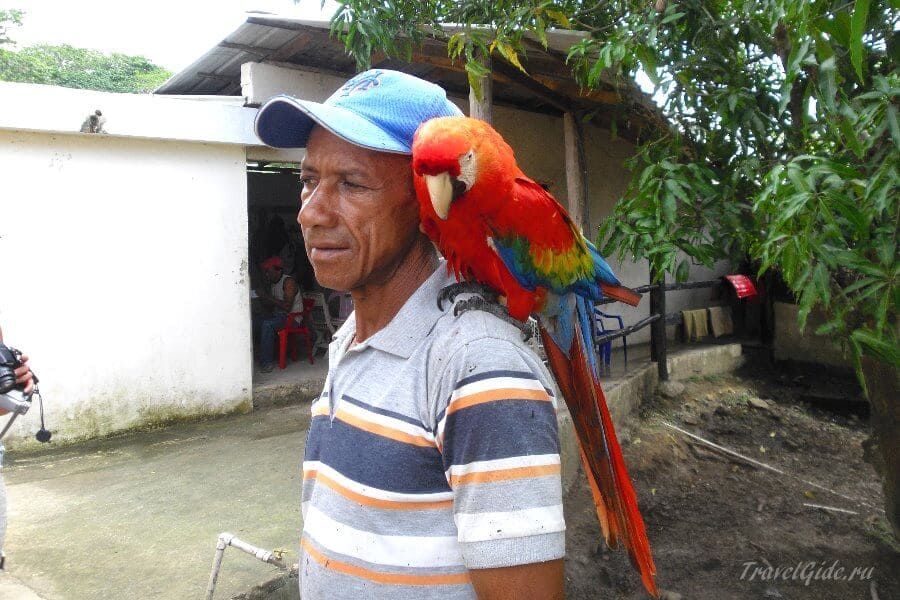
The rain forests are dominated by small reptiles, while the coastal waters are dominated by dolphins, many species of fish and a variety of shellfish. Interesting for tourists may be the presence of wild cows and goats in the Dominican forests, whose ancestors, many centuries ago, were brought to the island by the colonialists.
Activities on the island: from hiking in the mountains to diving and historical tourism
With a distinctive variety of natural conditions, the Dominican Republic provides tourists with ample opportunities for outdoor activities. In the central, mountainous part of the island, you can go hiking or take up a more difficult type of sports tourism - rock climbing.
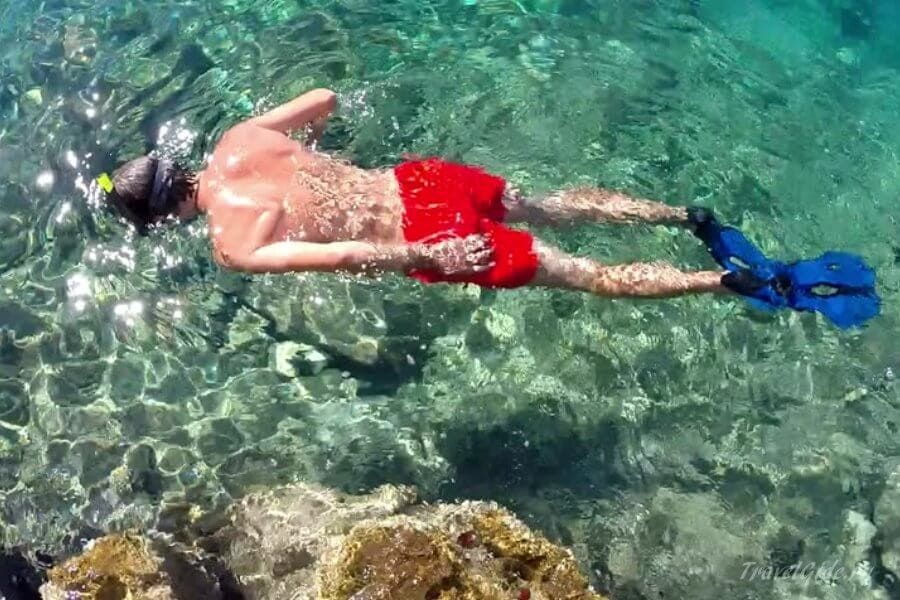
In turn, the Atlantic and Caribbean coasts are famous for their excellent places for fishing in the open sea and water sports, including diving and snorkeling.
Other popular water activities include kayaking, rafting and canoeing, such as on the river Jimenoa. In addition, water skiing, bicycles and windsurfing boards are available to tourists.
As for the capital, the main attraction is the old colonial area, which is included in the UNESCO World Heritage List. Similar architecture has also been preserved in other Caribbean islands.
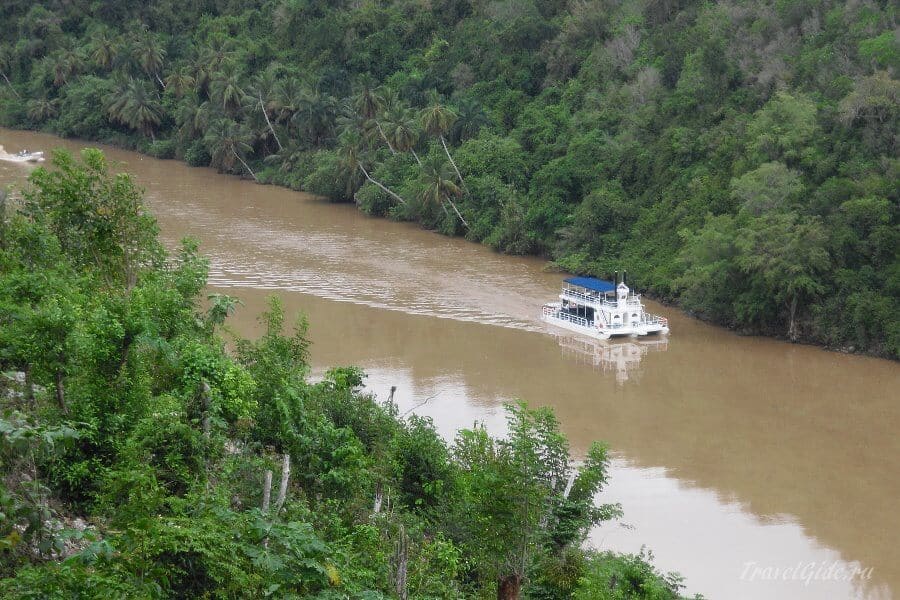
An interesting solution for an active holiday can be a trip to Aguas Blancas, one of the highest waterfalls in the Caribbean. Its height is 83 meters. To get to it you need to climb the path passing through the jungle to a height of more than 2 thousand meters. The view of the water surface in the azure lagoon will undoubtedly leave an unforgettable impression.
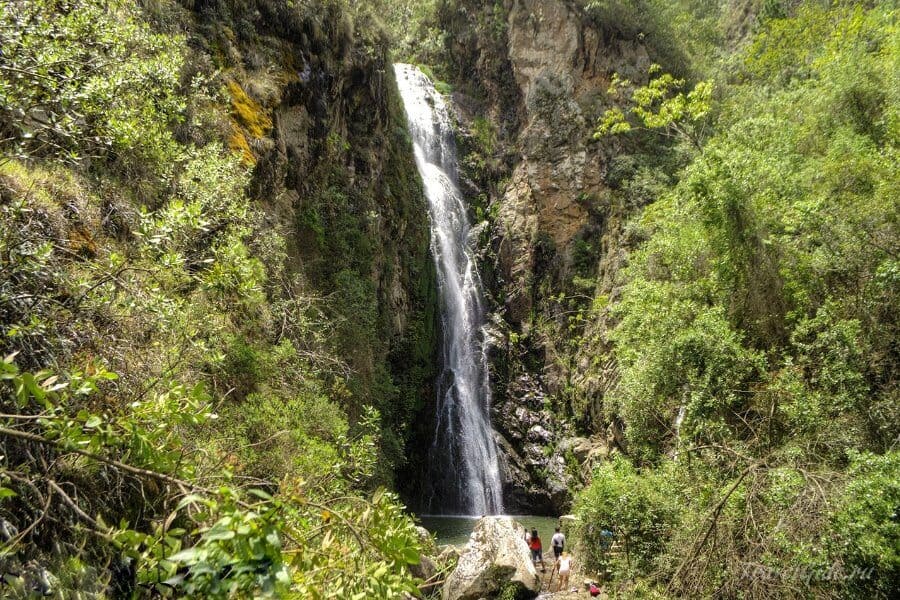
A trip to the Cibao Valley would be a great idea. There you can admire an abundance of rare plants and tropical fruits. The village lands are dotted with mango trees, banana orchards and citrus plantations.
Tourists also often visit Samana Bay, where you can watch whales, which periodically come to the coastal waters of the island.
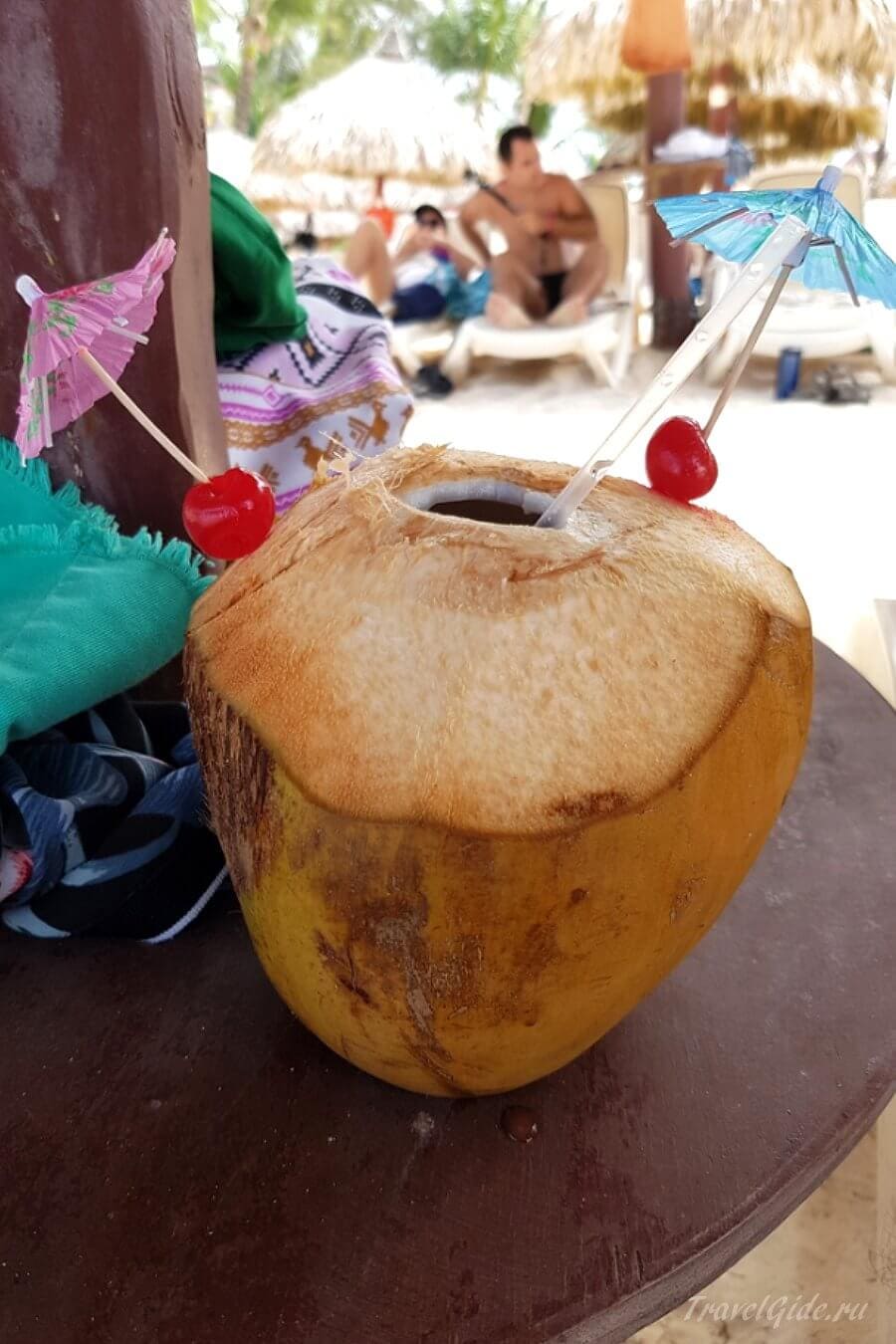
In short, the Dominican Republic is a sun-hungry paradise, full of endless palm groves, exotic plants, active, delicious food and exciting travel experiences. Here everyone will find something that will appeal to him and make him fall in love with this beautiful country of sunny hospitality ..

